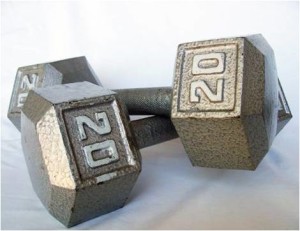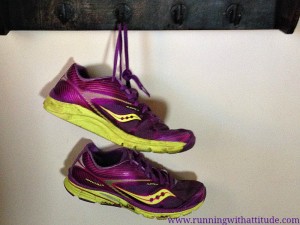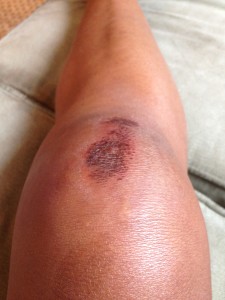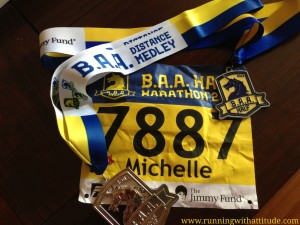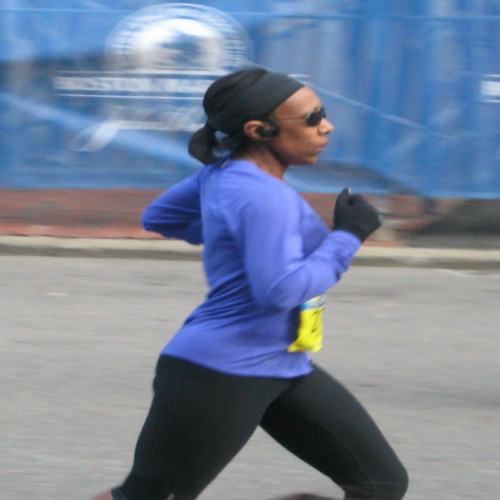It was 19 degrees when I headed out for Saturday’s run – 9 with the wind chill factor! Yeah winter running is officially here, so it’s a good time to assess your cold weather running gear. Essentially, running outdoors in cold temps can best be summed up in one word – layering!
Layering your upper body, especially your core, will help to trap your body heat while protecting you against the elements. At a minimum you’ll want to consider three layers: a base layer, an insulating layer and an outer layer.
The base layer should be made of a wicking material to wick sweat and moisture away from your body to keep your skin warm and dry. There are a great range of wicking materials on the market today in the form of silk, DryFit and Thinsulate, just to name a few. Just please make sure to not use cotton for your base layer – cotton does not have any sweat wicking properties so once it gets wet it stays wet. Not what you want to have next to your skin.
The second layer, or insulating layer, should also have some wicking ability, but its main job is to help trap your body heat. Performance fleeces such as Polartec, Thermax or Microfleece do a great job of keeping in the heat without adding bulk or risking overheating. Depending on the weather and your tolerance for the cold, you may want to use more than one insulating layer.
Then, finally, there’s your outer layer. The trick with this layer is to find a jacket that is both wind- and water-proof, while at the same time allows for moisture and some heat to escape so you don’t overheat. Look for a jacket made of a fabric like nylon, Gore-Tex, or ClimaFit.
While your upper body will greatly benefit from layering, you’ll find that one good layer in the form of running tights or pants will be all you need for your legs. If you find that one layer isn’t enough, you can consider adding wind-proof track pants to wear over your tights. Again, you’ll want tights made of a wicking material – no cotton!
Beyond the body layers, you’ll need to round out your gear with a hat, gloves or mittens, and possibly a neck gaiter or balaclava. Did you know that you can lose as much as 40% of your body heat through your head? Keeping it covered with a fleece or wool hat can go a long way to keeping you warm during your runs. Body heat can also easily escape through your hands so you’ll want to keep them covered with moisture-wicking gloves or mittens. On extremely cold days, you might want to borrow a page from skiers and add a neck gaiter or balaclava to both protect your neck and cover your mouth to warm the air you’re breathing in. And, lastly, don’t forget wool socks – they provide the wicking you need along with added warmth.
Yes, some days it will be too bitter cold to be outdoors; but for the most part, with a little preparation, you will find that you don’t have to spend the entire winter tied to a treadmill.





